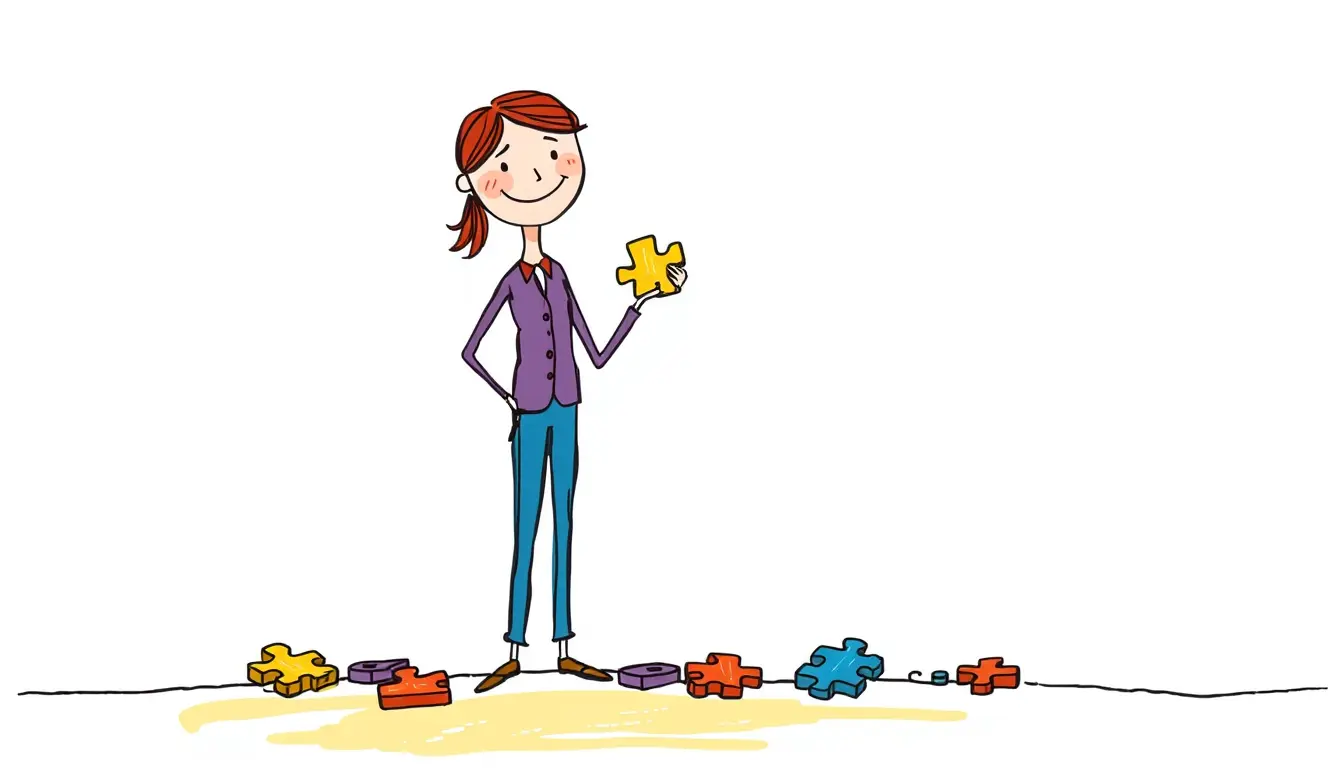Identifying Conflict Triggers
Conflict is an inevitable part of human interaction, and identifying its triggers is key to effectively resolving and preventing future conflicts. While conflict can arise from various sources, it often stems from differences in values, opinions, or goals. These differences can lead to misunderstandings, power struggles, or competition between individuals or groups. Additionally, conflicts can be fueled by unmet needs, whether it be the need for recognition, control, or autonomy. By recognizing these triggers, individuals can better understand the root causes of conflict and take proactive steps to address them.
Another common trigger for conflict is a breakdown in communication. Miscommunication, nonverbal cues, and differing communication styles can all lead to misunderstandings and conflicts. For example, the use of ambiguous language or the lack of active listening can create confusion and frustration between parties. Moreover, cultural and generational differences in communication styles can also contribute to conflict. Recognizing these triggers and understanding different communication styles can help individuals navigate conflicts more effectively and promote better understanding and cooperation between parties.
Understanding Different Communication Styles
When it comes to understanding different communication styles, it is important to recognize that no two individuals communicate in the exact same way. Each person brings unique experiences, values, and perspectives that shape how they express themselves and interpret messages. Some individuals may prefer direct and straightforward communication, while others may use a more indirect or subtle approach. Additionally, cultural backgrounds, personality traits, and personal preferences can also influence communication styles. By acknowledging and respecting these differences, we can foster better understanding and create more effective communication strategies.
One common distinction in communication styles is the difference between verbal and nonverbal communication. Verbal communication refers to the use of words and language to convey messages, while nonverbal communication includes gestures, facial expressions, body language, and tone of voice. It is crucial to pay attention to both verbal and nonverbal cues to fully grasp the intended meaning behind a message. For example, someone saying “I’m fine” with a closed body posture and a tone of annoyance might actually mean that they are upset. By considering these various aspects of communication, we can enhance our ability to accurately interpret messages and respond appropriately.
Active Listening Techniques
Active listening is a vital communication skill that can greatly enhance the resolution of conflicts. By actively listening, we show respect and empathy towards the speaker, fostering a deeper understanding of their perspective. One important aspect of active listening is maintaining good eye contact with the speaker, demonstrating genuine interest and attention. Additionally, nodding and using affirmative verbal cues such as “uh-huh” and “I see” can encourage the speaker to continue sharing their thoughts and feelings.
Another essential active listening technique is paraphrasing the speaker’s words to ensure comprehension and to show that we are truly engaged in the conversation. By summarizing the main points the speaker has expressed in our own words, we demonstrate that we have understood their message and allow them to clarify any misunderstandings. Along with paraphrasing, reflecting on the speaker’s emotions can be a powerful tool in conflict resolution. By acknowledging and validating their feelings, we create a safe space for open and honest communication, fostering trust and helping to build a connection and mutual understanding.
Effective Problem-Solving Strategies
Problem-solving is a crucial skill in resolving conflicts effectively. One effective strategy is to clearly define the problem at hand. It is essential to identify the specific issues causing the conflict and focus on addressing them directly. By clearly understanding the problem, it becomes easier to develop relevant and effective solutions.
Another important strategy is to brainstorm multiple solutions. Encourage open and creative thinking to generate a variety of ideas. It is essential to consider different perspectives and explore various alternatives. By doing so, you can increase the chances of finding a solution that can satisfy both parties’ needs and interests. Remember that the goal is to find a win-win solution that resolves the conflict in a mutually beneficial way.
Negotiation and Compromise Techniques
In any conflict scenario, negotiation and compromise techniques are essential for reaching a resolution that satisfies all parties involved. Negotiation involves the exchange of ideas and proposals to find a mutually agreeable solution. It requires effective communication, understanding, and flexibility. By engaging in meaningful dialogue and considering different perspectives, negotiators can identify common ground and work towards a compromise that addresses the needs and interests of all individuals. Successful negotiation techniques often involve active listening, assertiveness, and the ability to find creative win-win solutions. Through thoughtful and collaborative discussions, conflicts can be transformed into opportunities for growth and improved relationships.
Compromise, on the other hand, involves finding a middle ground where both sides are willing to give up something in order to achieve a balanced outcome. It requires a willingness to negotiate and make concessions for the sake of resolving the conflict. Compromise is not about sacrificing one’s principles or values, but rather finding a solution that meets the underlying needs and priorities of each party. It may involve finding alternative options, brainstorming ideas, and exploring different possibilities. By practicing compromise techniques, individuals can enhance their problem-solving skills and foster a climate of cooperation and understanding.
Building Rapport and Trust
Building rapport and trust is essential when it comes to resolving conflicts effectively. The ability to create a positive connection with others can greatly influence the outcome of any conflict. One way to build rapport is by actively listening and showing genuine interest in the other person’s perspective. This means putting aside any preconceived judgments or assumptions and truly seeking to understand their point of view. By doing so, you are demonstrating respect and empathy, which can help to foster trust and open up the lines of communication.
Another important aspect of building rapport and trust is being mindful of non-verbal communication. Maintaining eye contact, using open and relaxed body language, and nodding to show attentiveness are small yet powerful gestures that can convey trustworthiness. Additionally, using positive and supportive language can further strengthen rapport. Offering words of encouragement, acknowledging the other person’s feelings, and expressing gratitude for their willingness to engage in the conflict resolution process can go a long way in building trust.
Using Empathy to Resolve Conflicts
Empathy is a powerful tool that can be harnessed to effectively resolve conflicts. When conflicts arise, it is important to put ourselves in the shoes of others and try to understand their perspective and emotions. By doing so, we can develop a sense of empathy that allows us to communicate and connect with others on a deeper level.
One way to utilize empathy in conflict resolution is by actively listening to the concerns and feelings of the parties involved. By genuinely hearing what others have to say, we can validate their experiences and show them that we care. This can help build trust and create a safe space for open and honest communication. Additionally, responding with empathy can diffuse tensions and deescalate conflicts, as it shows that we are willing to acknowledge and understand the emotions and needs of others. Overall, empathy plays a crucial role in resolving conflicts by promoting understanding, compassion, and ultimately, finding common ground.
Managing Emotions in Conflict Situations
When faced with conflicts, managing emotions becomes essential for a constructive resolution. Emotions can run high during conflicts, and they have the potential to cloud judgment and hinder effective communication. It is crucial to recognize and acknowledge these emotions in order to address them appropriately.
One way to manage emotions in conflict situations is to practice self-awareness. This involves taking a step back and objectively assessing your own feelings and reactions. By understanding and acknowledging your emotions, you can begin to gain control over them and respond in a more rational and productive manner. Additionally, it is important to actively listen to the other party and empathize with their emotions. This not only helps to foster understanding and build rapport but also allows for a more collaborative approach to finding a resolution.
Mediation and Facilitation Skills
Mediation and facilitation skills are essential in the realm of conflict resolution. They involve the ability to impartially guide and moderate discussions between conflicting parties. Mediation is a cooperative process where a neutral mediator assists individuals or groups in finding common ground and reaching mutually agreeable solutions. Facilitation, on the other hand, focuses on managing group dynamics and ensuring effective communication during decision-making processes. Both skills require a combination of patience, active listening, and the ability to remain neutral in order to foster a constructive and respectful environment. Additionally, a mediator or facilitator must possess strong communication and interpersonal skills to navigate complex emotions and dynamics that may arise during conflicts.
Creating Win-Win Solutions
Creating Win-Win Solutions in a conflict situation is often the ultimate goal. This approach ensures that all parties involved feel heard, respected, and satisfied with the resolution. In order to achieve this, it is important to focus on collaboration rather than competition. By actively listening to each other’s concerns, needs, and priorities, conflicting parties can work together to find mutually beneficial solutions.
What are some common conflict triggers?
Conflict triggers can vary depending on the situation, but some common triggers include differences in opinions, values, or goals, power struggles, and misunderstandings.
How can I understand different communication styles?
Understanding different communication styles involves recognizing and adapting to different ways people prefer to communicate. This can include being aware of verbal and nonverbal cues, listening actively, and adjusting your own communication style to better match the other person’s preferences.
What are some active listening techniques?
Active listening techniques include maintaining eye contact, nodding or using other nonverbal cues to show understanding, reflecting on and summarizing what the speaker has said, and asking clarifying questions to ensure comprehension.
What are effective problem-solving strategies?
Effective problem-solving strategies involve identifying the root cause of the problem, brainstorming potential solutions, evaluating the pros and cons of each option, and selecting the best course of action. It is also important to consider the perspectives and needs of all parties involved.
How can I negotiate and compromise effectively?
Effective negotiation and compromise techniques involve finding common ground, understanding each party’s needs and interests, exploring multiple options, and being willing to make concessions in order to reach a mutually beneficial agreement.
How can I build rapport and trust in conflict situations?
Building rapport and trust in conflict situations can be achieved by actively listening, showing empathy and understanding, being transparent and honest, and following through on commitments.
How can empathy be used to resolve conflicts?
Empathy can be used to resolve conflicts by putting yourself in the other person’s shoes, understanding their perspective and emotions, and showing genuine concern and understanding. This can help create a sense of connection and facilitate finding a mutually satisfactory resolution.
How can I manage emotions in conflict situations?
Managing emotions in conflict situations involves recognizing and acknowledging your own emotions, using techniques such as deep breathing or taking a break to calm down, and trying to approach the situation with a calm and rational mindset.
What are mediation and facilitation skills?
Mediation and facilitation skills involve acting as a neutral third party to help facilitate communication and resolution between conflicting parties. These skills include active listening, maintaining impartiality, asking open-ended questions, and guiding the discussion towards a mutually agreeable solution.
How can I create win-win solutions?
Creating win-win solutions involves finding creative and mutually beneficial outcomes that address the needs and interests of all parties involved. This can be achieved through effective communication, problem-solving, negotiation, and a willingness to collaborate and compromise.














Leave a Reply